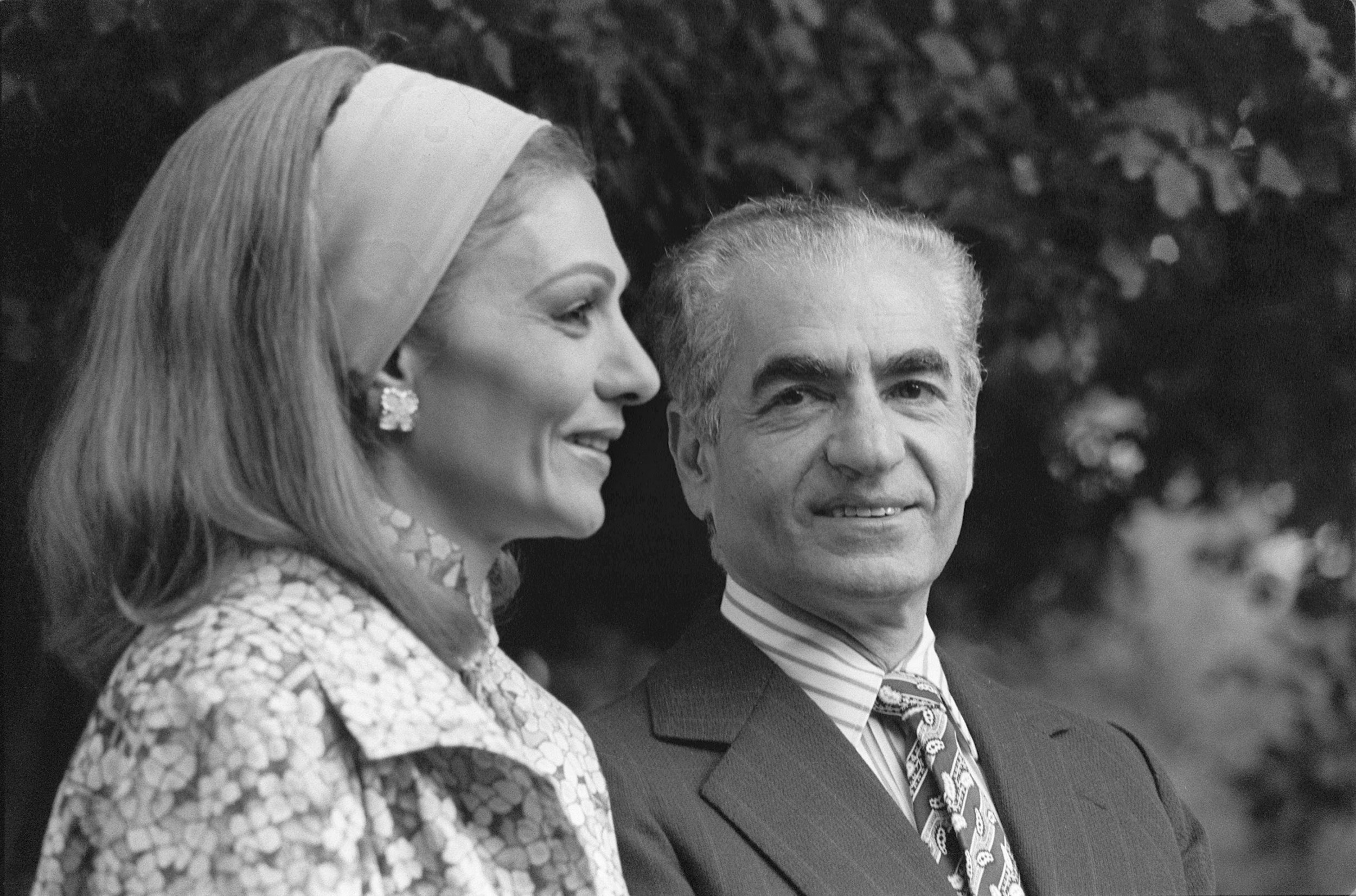
Updated | A Tehran city official thinks its "possible" that a recently-discovered mummified body might have belonged to Reza Shah Pahlavi, next-to-last last shah of Iran, the Associated Press reports. DNA tests will be needed to confirm the identity of the body, unearthed near the site of a royal mausoleum destroyed during the 1979 revolution.
Hassan Khalilabadi, the head of the Tehran City Council's cultural heritage and tourism committee, told the state-run IRNA news agency the remains might belong to the late shah and founder of the Pahlavi dynasty, the AP reported.
Reza Shah's grandson, Reza Pahlavi, later confirmed the family's belief that the remains were indeed of the late monarch in an emailed statement, citing "further evaluation" of "additional evidence." The exact nature of this evidence remains unclear.
Read more: Ancient Egypt: Mummy Remains Discovered Inside 'Empty' 2,500-year-old Coffin After 157 Years
Reza Pahlavi is now the final heir apparent to Iran's defunct monarchy. According to his website, he lives in exile, having left the country for pilot training in the U.S. shortly before the 1979 revolution. The AP reports he commented on the potential discovery of his grandfather's body on Twitter on Monday, writing: "I warn the responsible authorities not to hide anything."
While they have yet to be covered on state television, photographs of the body have flooded social media, the AP reported.
Reza Shah ruled the country from 1925 until his abdication at the behest of British forces in 1941, according to Encyclopedia Britannica. Although Iran remained neutral during World War II, British and Soviet forces invaded the country, considering Reza Shah friendly toward Axis powers of Germany, Italy and Japan. Reza Shah's son, Mohammad Reza Pahlavi, stepped into his vacant position.
Reza Shah died in 1944 at the age of 66 in exile in Johannesburg, South Africa. Mummified in Egypt, he was eventually interred in a mausoleum near Tehran. He was reviled by Islamists as a despot, and an extremist mob led by cleric Ayatollah Sadegh Khalkhali tore his tomb apart with sledgehammers in the wake of the 1979 revolution.
The overthrow forced Reza Shah's son—the last shah of Iran—into exile. He died shortly after in 1980, and Mohammad Reza Pahlavi was buried in Cairo's Al Rifa'i Mosque—the place his father was interred before his return to Iran.
Read more: Ancient Egypt: Mummy of Queen Nefertiti Brought to Life With Controversial Fair Skin in 3-D Scan

Reza Shah wielded absolute power over the country, AP reported, spending taxes and oil revenues on modernization. Reza Shah famously banned women from wearing body-length chador robes in 1936. The move towards secularization angered Shiite clerics. In 1935, the monarch asked foreign diplomats to forgo the Western name "Persia" in favor of "Iran."
In his statement, Reza Pahlavi asked Iranian authorities for access to the body, through "trusted" doctors and scientific experts. His grandfather "must ultimately be buried again in Iran," he added, in a manner that respects "the wishes of our family and the Iranian people."
This article has been updated to include comment from Reza Pahlavi.
Uncommon Knowledge
Newsweek is committed to challenging conventional wisdom and finding connections in the search for common ground.
Newsweek is committed to challenging conventional wisdom and finding connections in the search for common ground.
About the writer
Katherine Hignett is a reporter based in London. She currently covers current affairs, health and science. Prior to joining Newsweek ... Read more
To read how Newsweek uses AI as a newsroom tool, Click here.






